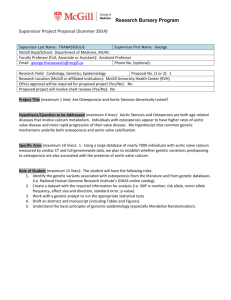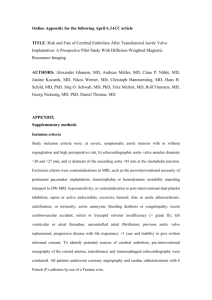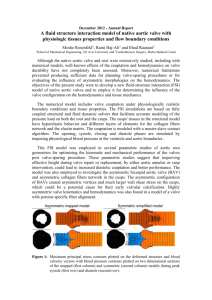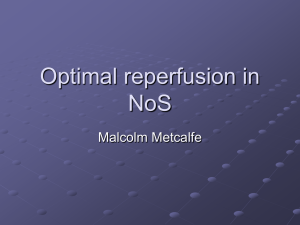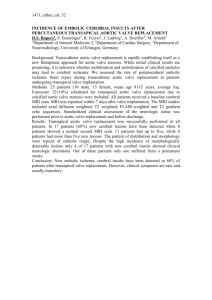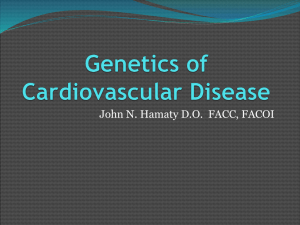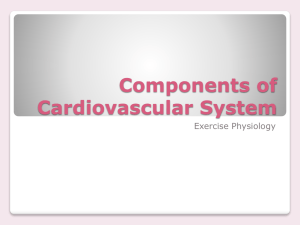reverse `u` aortotomy (kirali incision)
advertisement
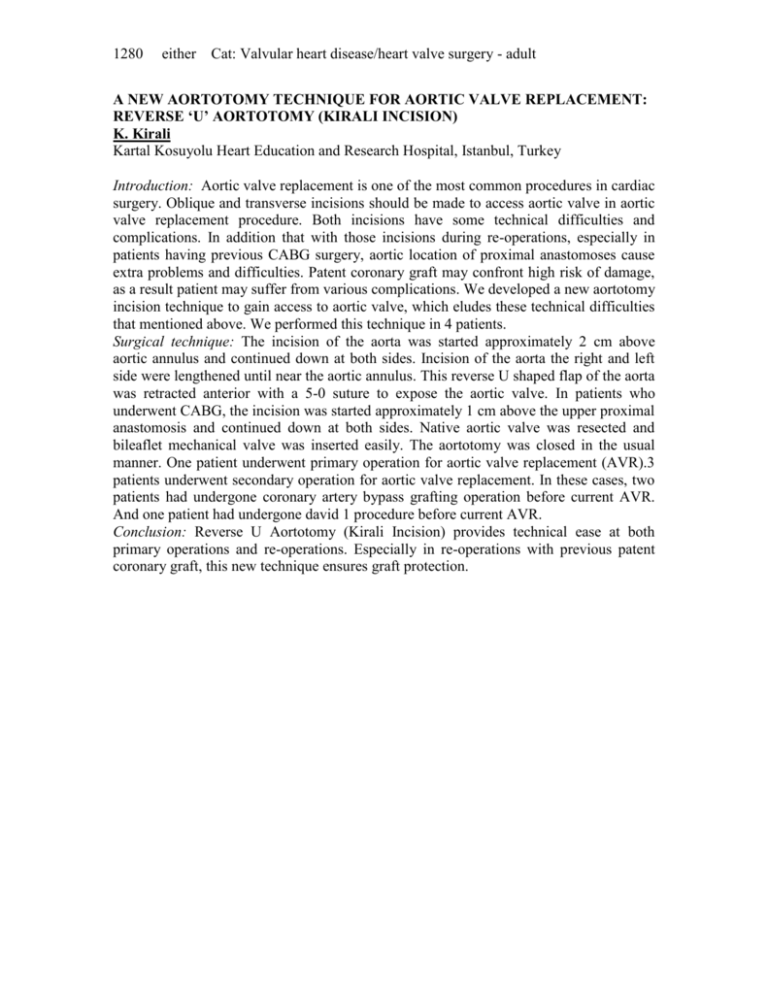
1280 either Cat: Valvular heart disease/heart valve surgery - adult A NEW AORTOTOMY TECHNIQUE FOR AORTIC VALVE REPLACEMENT: REVERSE ‘U’ AORTOTOMY (KIRALI INCISION) K. Kirali Kartal Kosuyolu Heart Education and Research Hospital, Istanbul, Turkey Introduction: Aortic valve replacement is one of the most common procedures in cardiac surgery. Oblique and transverse incisions should be made to access aortic valve in aortic valve replacement procedure. Both incisions have some technical difficulties and complications. In addition that with those incisions during re-operations, especially in patients having previous CABG surgery, aortic location of proximal anastomoses cause extra problems and difficulties. Patent coronary graft may confront high risk of damage, as a result patient may suffer from various complications. We developed a new aortotomy incision technique to gain access to aortic valve, which eludes these technical difficulties that mentioned above. We performed this technique in 4 patients. Surgical technique: The incision of the aorta was started approximately 2 cm above aortic annulus and continued down at both sides. Incision of the aorta the right and left side were lengthened until near the aortic annulus. This reverse U shaped flap of the aorta was retracted anterior with a 5-0 suture to expose the aortic valve. In patients who underwent CABG, the incision was started approximately 1 cm above the upper proximal anastomosis and continued down at both sides. Native aortic valve was resected and bileaflet mechanical valve was inserted easily. The aortotomy was closed in the usual manner. One patient underwent primary operation for aortic valve replacement (AVR).3 patients underwent secondary operation for aortic valve replacement. In these cases, two patients had undergone coronary artery bypass grafting operation before current AVR. And one patient had undergone david 1 procedure before current AVR. Conclusion: Reverse U Aortotomy (Kirali Incision) provides technical ease at both primary operations and re-operations. Especially in re-operations with previous patent coronary graft, this new technique ensures graft protection.

